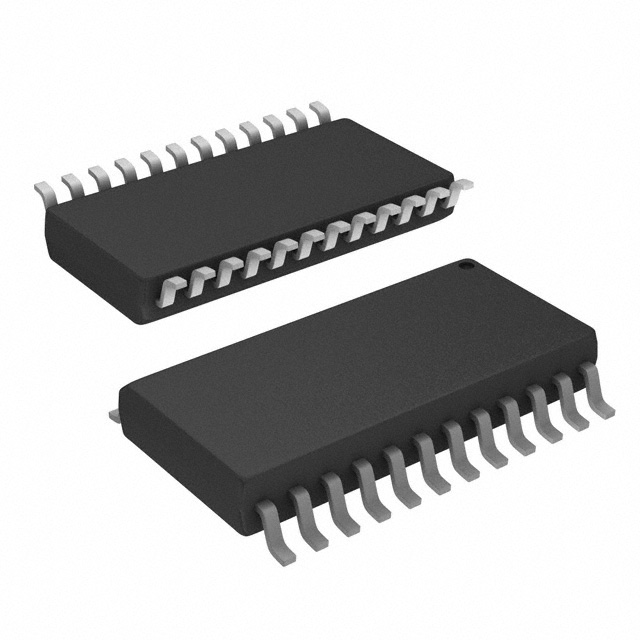In Stock : 0
Please send RFQ , we will respond immediately.









74F676SC Specifications
-
TypeParameter
-
Supplier Device Package24-SOP
-
Package / Case24-SOIC (0.295", 7.50mm Width)
-
Mounting TypeSurface Mount
-
Operating Temperature0°C ~ 70°C
-
Voltage - Supply4.5V ~ 5.5V
-
FunctionParallel or Serial to Serial
-
Number of Bits per Element16
-
Number of Elements1
-
Output TypeTri-State
-
Logic TypeShift Register
-
PackagingTube
-
Product StatusObsolete
-
Series74F
The 74F676SC is a 16-bit edge-triggered D-type flip-flop with 3-state outputs. It has several advantages and application scenarios, including:Advantages: 1. High-speed operation: The 74F676SC operates at a high clock frequency, making it suitable for applications that require fast data transfer and processing. 2. Edge-triggered design: The flip-flop is triggered by the rising or falling edge of the clock signal, ensuring reliable and synchronized data storage. 3. 3-state outputs: The chip has 3-state outputs, which means it can be put into a high-impedance state, allowing multiple devices to share a common bus without interference. 4. Wide operating voltage range: The 74F676SC can operate within a wide voltage range, making it compatible with various power supply systems.Application scenarios: 1. Data storage and synchronization: The flip-flop can be used to store and synchronize data in digital systems, ensuring accurate and reliable data transfer between different components. 2. Bus sharing: The 3-state outputs of the chip make it suitable for applications where multiple devices need to share a common bus, such as in multiplexers, data selectors, or memory systems. 3. Clock signal synchronization: The edge-triggered design of the flip-flop ensures that the output changes only when the clock signal transitions, making it useful for synchronizing signals in digital circuits. 4. High-speed data processing: The high-speed operation of the chip makes it suitable for applications that require fast data processing, such as in high-speed communication systems or data-intensive applications.Overall, the 74F676SC integrated circuit chip offers advantages in terms of speed, synchronization, and bus sharing, making it suitable for various digital applications that require reliable data storage and processing.
74F676SC Relevant information
















